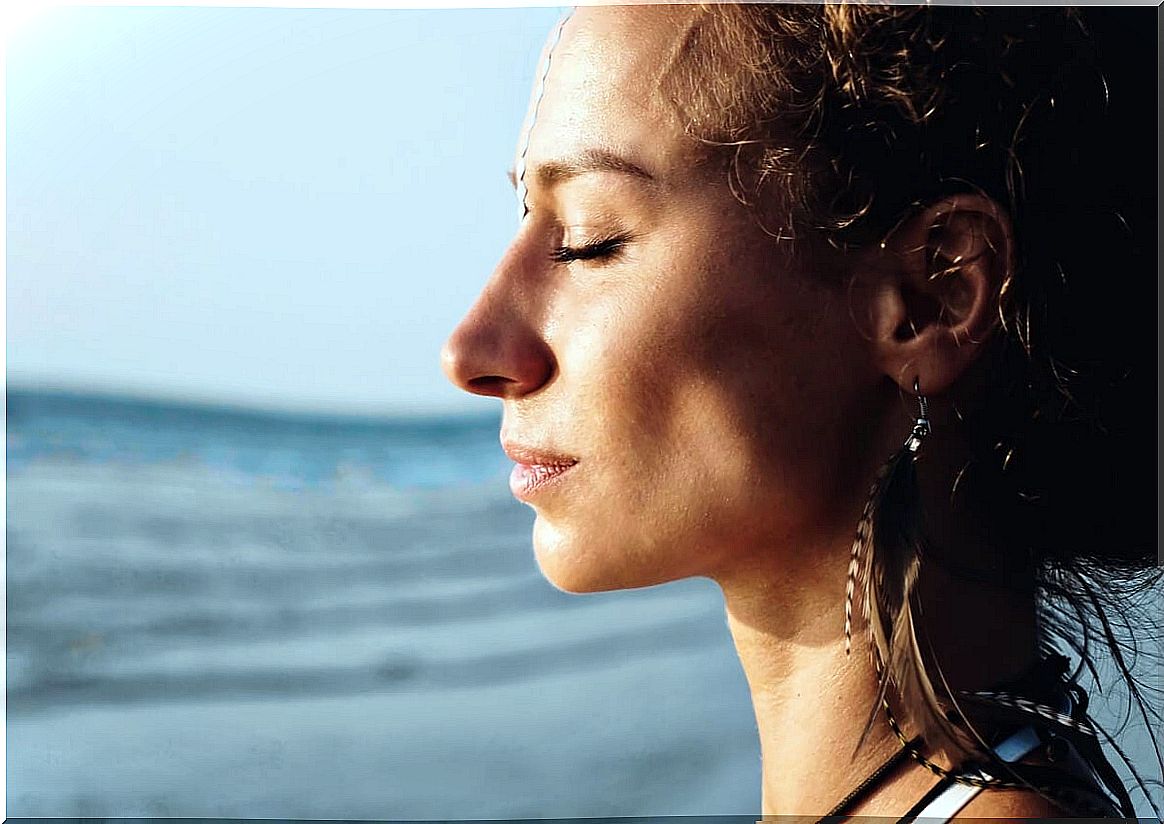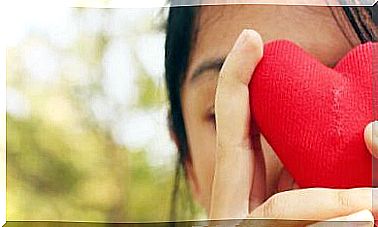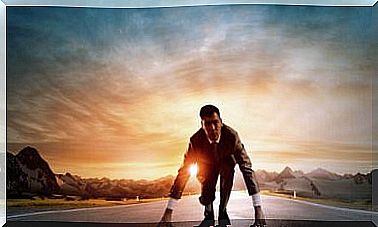Benson’s Relaxation Method

Relaxation techniques are an effective therapeutic tool in dealing with a wide variety of problems. Because of its frequent use and its effectiveness, relaxation is known as “behavioral aspirin. “
There is a tendency to think that relaxation is only effective in treating anxiety disorders. However, here we are going to introduce the Benson relaxation method, which is frequently used in the treatment of depression.
The goal of relaxation methods is for people to learn to control their own activation level and to be able to reduce the activation of their autonomic nervous system. These techniques not only serve as a treatment, but can be effective as prophylaxis, to prevent certain symptoms.

What is the work of Herbert Benson?
Herbert Benson is a cardiologist and founder of the Mind-Body Medical Institute at Massachusetts General Hospital (Boston). Benson is one of the leading scientists in the scientific study of transcendental meditation and has tried to demystify it.
For Benson ‘s meditation can play an important role in reducing responses to stress. He introduced the term “relaxation response” as a scientific alternative to the word “meditation.” He defines the relaxation response as the body’s ability to induce a decrease in the activity of muscles and organs.
He conducted a series of physiological studies on transcendental meditation, which experimentally demonstrate its efficacy. He argues that the results obtained with this type of meditation are not due to the specific type of mantra.
He believes that almost any word repeated continuously and monotonously would have the same results. In fact, in Benson’s relaxation method it is proposed to repeat any word and it is suggested that it be the word “one.”
General Instructions for Practicing the Benson Relaxation Method
First, Benson indicates that you have to sit in a comfortable position. To start practicing this relaxation method, it is best to start practicing in a quiet place free from possible interruptions. However, as domain is acquired, it can be done in everyday conditions such as walking, sitting in a park or on public transport.
Before we begin we must choose our mantra. Benson proposes to use the word “one.” Each one can choose the one that is of their preference, but that is not very long.
Keep in mind that if that word is part of the person’s religious or cultural tradition, it is more likely to evoke feelings of calm and relaxation, and more quickly.
However, this mantra does not have to be a word. Benson says it can be any soothing, mellifluous sound, preferably meaningless, to avoid stimulating unnecessary thoughts that may interfere with relaxation.
The next step is to start practicing. To do this, you have to repeat the mantra a few times, with a more or less monotonous rhythm, that is comfortable and in a low voice several times. Then you can go on to pronounce it in a whisper mode and, later, to say it only mentally, which will allow you to relax in public spaces or places where silence must be kept.
The attitude towards exercise should be rather passive. It should not require conscious effort, but rather you have to feel that the exercise flows by itself, without conscious effort. You have to let it happen, feel how the sound resonates, and watch how it resonates.
Regarding the practice time, this should be enough to allow you to advance, but never too much so that it does not generate a feeling of fatigue, boredom or any other sensation that is not fully pleasant. Benson recommends practicing for 5 to 20 minutes. The ideal would be to practice the technique once or twice a day, avoiding the two hours after any meal, since the digestive processes seem to interfere with obtaining the relaxation response.
Benson’s relaxation step by step so you can follow it
- Sit in a comfortable position and in a quiet or calm place.
- Close your eyes.
- Deeply relax all the muscles in your body. Starting with the muscles of the feet and working up to the muscles of the face and head. Let them stay relaxed. Observe them to detect and undo tensions.
- Breathe slowly through your nose. Become aware of your breathing. Take air. As you exhale, repeat the word “one” (or whatever word you have chosen as your mantra) to yourself. Breathe naturally.
- Continue for a few minutes, between 10 and 20 minutes. You can open your eyes to check when it’s time to finish practice, but don’t use an alarm. This would interrupt the state of relaxation that you have achieved. It is better to finish smoothly and naturally. When you’re done, sit quietly for several minutes. Keep your eyes closed at first, then open them and continue sitting for a while. Wait a few minutes to stand up.
- Don’t worry if you can’t reach a very deep level of relaxation. If you are not used to it, it is a skill that requires practice and training. Maintain a passive attitude and allow the relaxation to occur at its own pace. When distracting thoughts arise, try to ignore them by not dwelling on them and withdrawing your attention from them while repeating your mantra again.

A simple way to relax
Following the model of transcendental meditation, Benson developed a new relaxation method, much more simplified and detached from the emotional implications of the ancient traditions of the East.
If this comparison had been applied to relaxation techniques from other traditions or to different relaxation methods, such as Schultz autogenic training or Jacobson’s progressive muscle relaxation, it would probably have obtained the same results: that the same states of relaxation can be achieved with much simpler methods.









